Mosaic Tableaux in Marble
Ali Zeren’s Contemplative Art of Fragments
There is something almost paradoxical about a marble mosaic. It begins with the act of breaking—stone cleaved into shards by the force of a blade or chisel. And yet, in the hands of an artist like Ali Zeren, this process of fracture becomes the starting point of unity. Each fragment, shaped and polished, becomes a letter in a silent alphabet. Together, they compose a visual language that transcends centuries of tradition, interpreting the classical tableau in a way that feels both ancient and unmistakably modern. Zeren’s mosaic panels do not simply reproduce familiar images or decorative motifs. Rather, they reimagine the idea of the tableau itself—a surface designed to hold and transmit meaning—through the unpredictable textures of natural stone. In his work, marble becomes more than a material; it is a memory condensed into mineral form. Every vein and fleck within each piece records a hidden story of geological transformation, which the artist patiently uncovers and rearranges.
Viewed up close, these mosaics reward attention with quiet revelations. A slight shift in perspective changes everything: a pattern dissolves into abstraction, then resolves again into a delicate suggestion of form. Under natural light, the marble surfaces seem to breathe, as though the stone itself were alive, shifting between warmth and coolness, solidity and luminosity. This is the particular magic of Zeren’s mosaics—each tableau is more than a picture; it is a meditation on perception. Unlike conventional paintings, which rely on color and brushwork to evoke feeling, Zeren’s mosaics achieve their emotional resonance through the tension between fragment and whole. Every piece of marble retains its independence, its stubborn irregularity, yet all are woven into an image greater than themselves. In this way, his work echoes the ancient philosophy that beauty arises from harmonious diversity.
The tableau becomes a metaphor: an assembly of disparate elements made coherent by the artist’s vision and patience.
There is also an undeniable sense of time embedded in each panel. Where painted surfaces can be swiftly altered or concealed, a marble mosaic evolves slowly, through hours of careful placement. Each decision—how to align a sliver of white against a field of ochre, where to leave a gap or create a rhythm—is irrevocable. The permanence of stone demands a discipline rarely encountered in contemporary art, and Zeren meets this demand with quiet dedication. Standing before one of his mosaic tableaux, you are invited to slow down. Your gaze lingers over the subtle interplay of shape and shade, and you begin to sense what the artist himself must have felt while composing it: a profound respect for the material, for the long continuum of artisans who have worked with marble, and for the possibility of discovering something new within the familiar. In a world of hurried images and fleeting impressions, Ali Zeren’s mosaics offer a refuge—a reminder that the most enduring forms of beauty are those we build piece by piece.


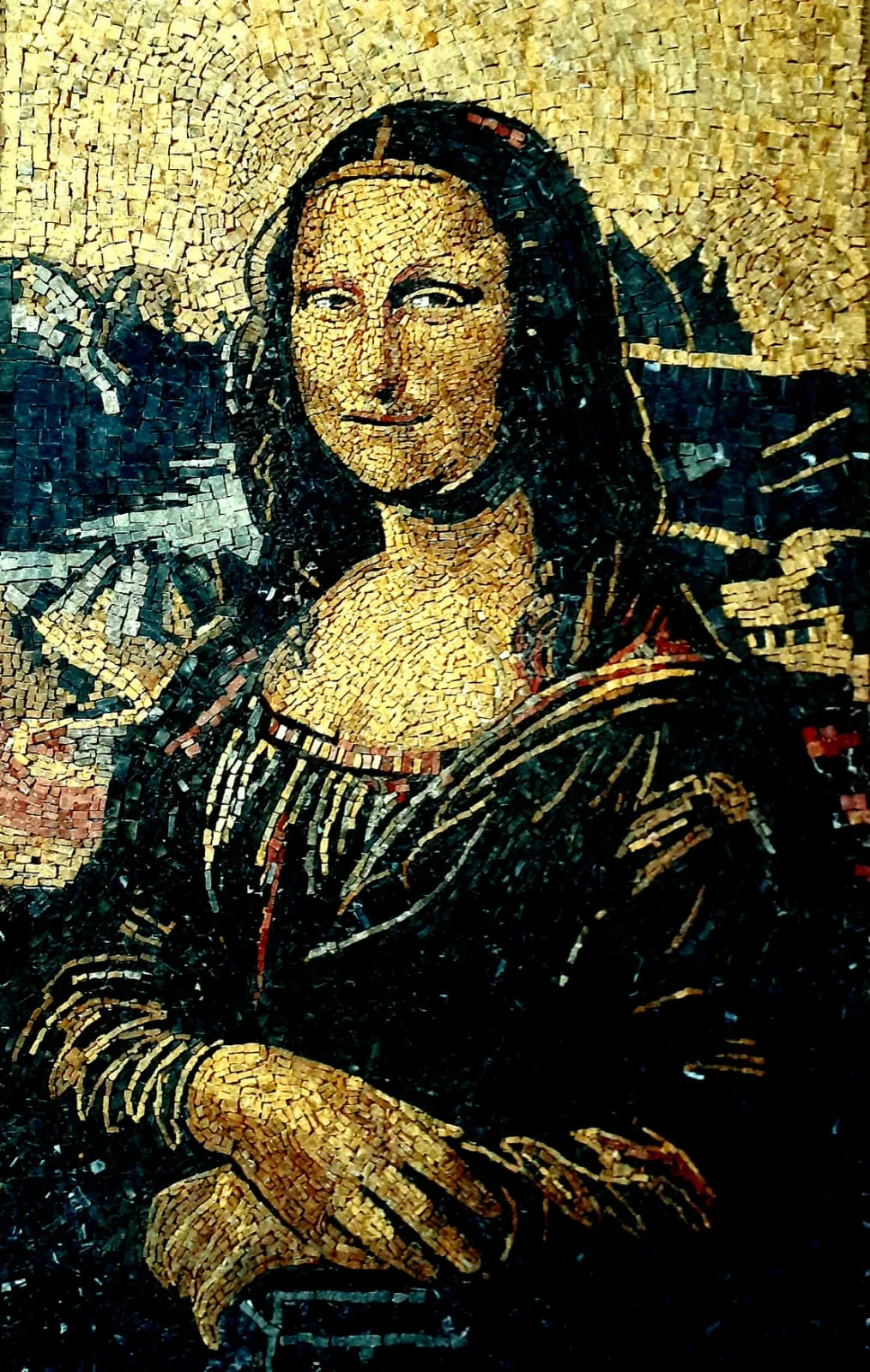

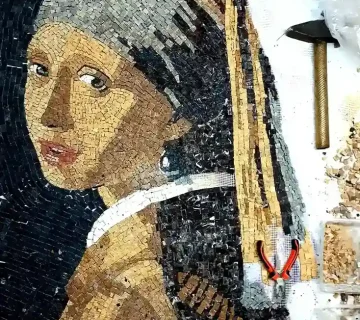
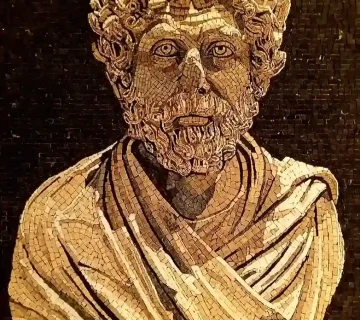
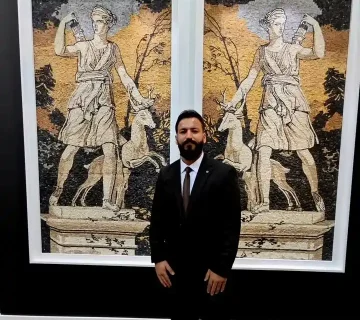

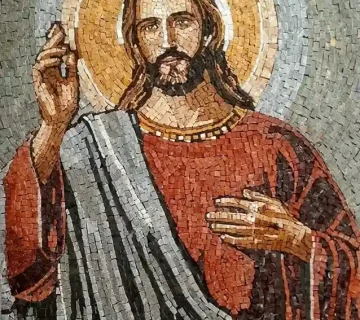
Yorum yok